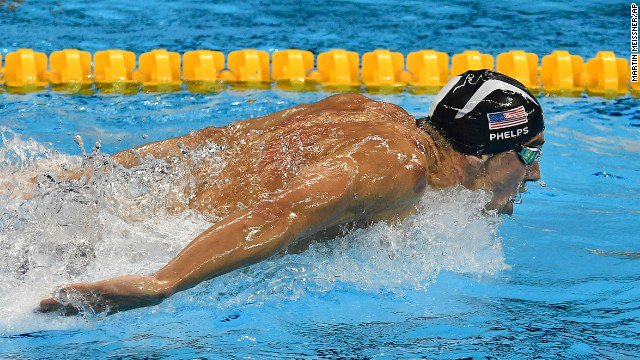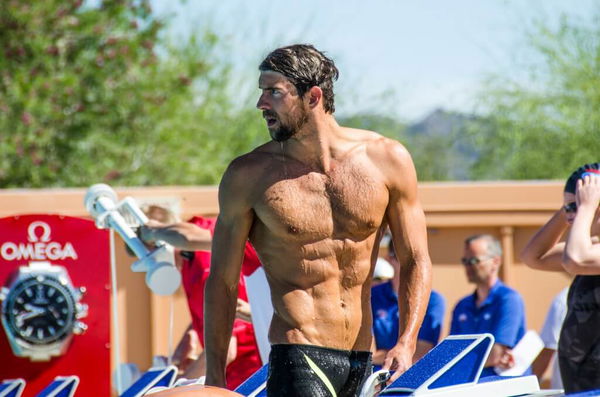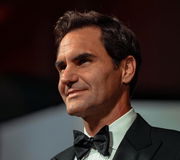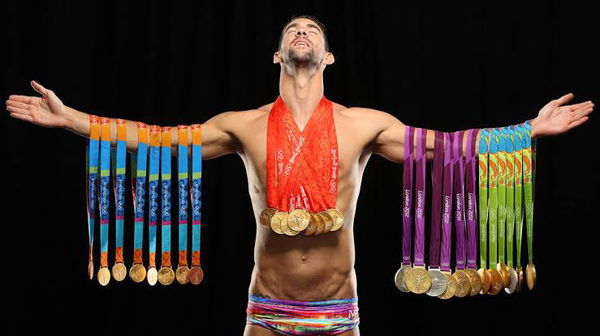

Most swimmers concur that Michael Phelps is the master of the butterfly due to his impeccable technique and fantastic speed. He won 7 medals in his career’s 100 and 200 butterfly events, making the most challenging stroke appear simple.
Watch What’s Trending Now!
ADVERTISEMENT
In addition, The underwater dolphin kick, ideally done by Michael Phelps, has rekindled interest in the movement’s hydrodynamics. However, there is a massive science behind their butterfly techniques.
ADVERTISEMENT
The science behind Michael Phelps’ swimming strokes
Rajat Mittal, a mechanical engineering professor, at the Johns Hopkins University today, started working with graduate student, Alfred von Loebbecke, and colleagues, back in 2003. He did his best to apply their research which involved utilizing numerical models to examine the mechanics of complex flows of a human swimmer body like Phelps.
ADVERTISEMENT

For his perfect research, he contacted the U.S.A swimming team, and fortunately, he got the opportunity. After extensively observing some of the water legends, Mittal explained the logic. Mittal stated, “It’s a tough kick to master because it works really well if you can pass that wave down your body very smoothly. The smoother that wave is as it passes down your body, the faster you will cut through water.”
ADVERTISEMENT
READ MORE: WATCH: 15-Year-Old Michael Phelps Stunned the World With His First 200m Performance at Olympics
Top Stories
Greg Biffle’s $4M Worth Prized Possession Still Without a Buyer Leaves NASCAR Fans Heartbroken

LIV Golf Braces for Another Possible Exit in Wake of Brooks Koepka Departure

Sean Payton Announces Retirement Plans as Broncos HC Demands Improvement From Bo Nix & Co. Before Playoffs

Biff Poggi All But Confirms Bryce Underwood’s Michigan Future After Announcing His Own Departure

Roger Federer Draws Criticism from Swiss Government Chief for Tourism Boom in Country

Amanda Balionis Confirms New Relationship Ending Months of Rumors

Rajat further added, “Everything has to operate in unison in order to do this properly. We looked at a number of underwater videos of Natalie Coughlin and Michael Phelps, and they had an incredible amount of fluidity in the way they were essentially able to flip and flop their legs back and forth in the dolphin kick.” Many swimmers and coaches consider the butterfly style as the most challenging stroke to learn, but Phelps’ hard work has made him master the technique.
ADVERTISEMENT
Phelps being the master of the butterfly stroke
The first thing that makes Michael Phelps’s stroke astounding was that how velvety he recovered from it. Meanwhile, he’s breathing under the water; he keeps his chin just at the surface level of the water. During swimming, swimmers want to keep their body and head at least as low to the surface as possible.

ADVERTISEMENT
Because if the swimmer lifted their head too high out of the water, their back would sink. In addition, it can make a swimmer drag their legs kind of like an anchor, and it’s going to make the swimmer slow. Going through all this, Phelps has done an incredible job, even though he breathes every single stroke in the 100 and 200 meters.
WATCH THIS STORY: “2500 Matches in Three Weeks”- Michael Phelps Reveals How COD and Xbox Helped Him in Olympic Training
ADVERTISEMENT
ADVERTISEMENT
ADVERTISEMENT
ADVERTISEMENT

